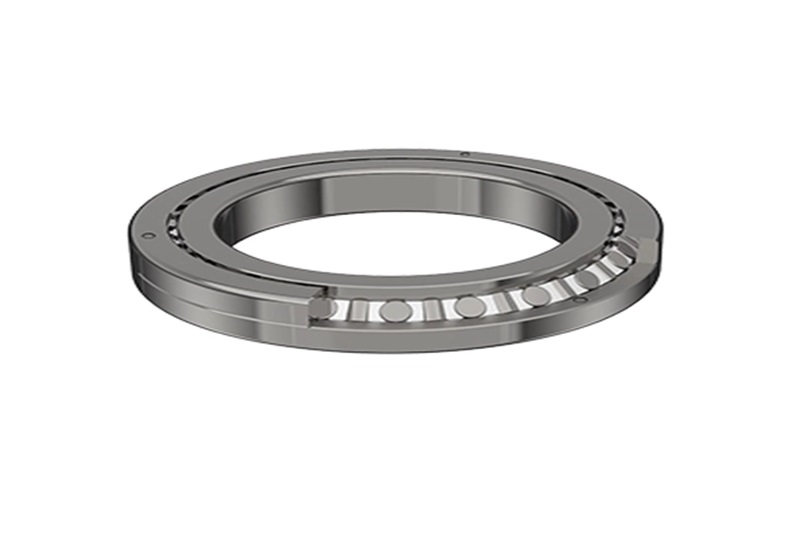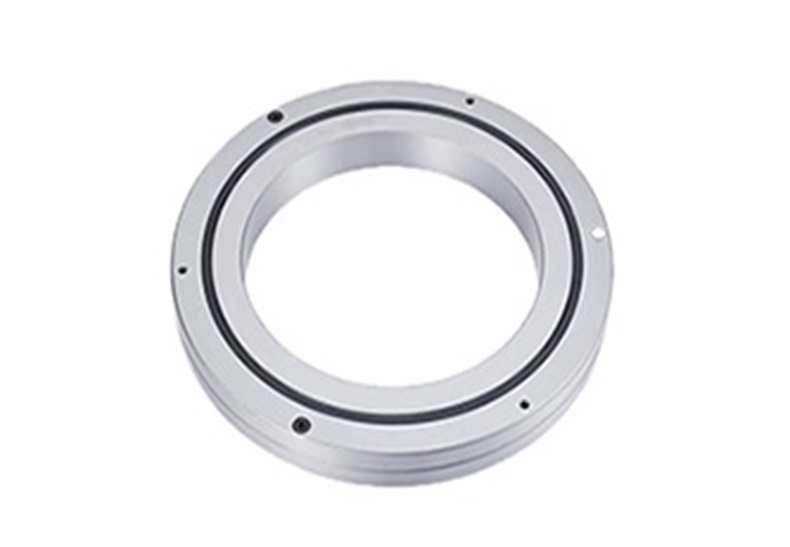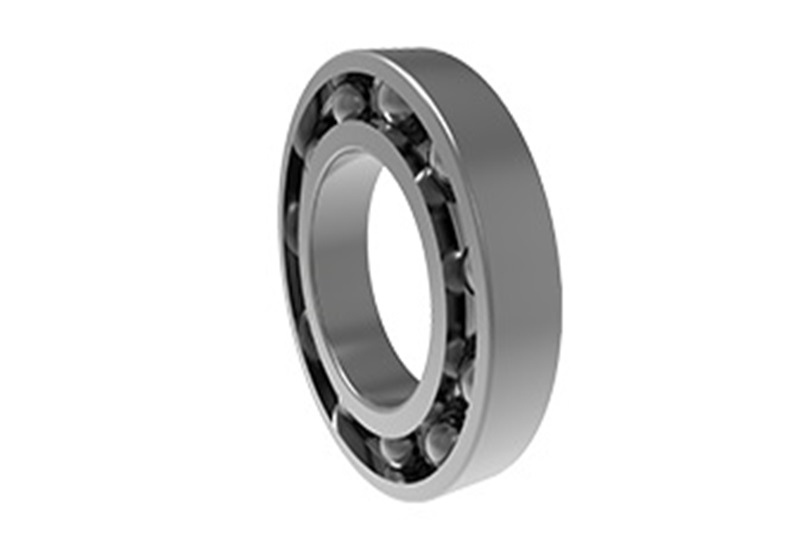What Are Industrial Robot Bearings?
Bearings are one of the important key components of industrial robots, which are related to the overall economic competitiveness of robots in industries. In order to meet the continuously developing social needs of the robot industry, it is urgent to carry out industrial robot-bearing development and industrialization key information technology innovation research, to ensure that the performance analysis indexes of bearings reach the international advanced level, and to reduce product production and management costs, prepare for the establishment of a perfect industrial robot industry structure system, improve the market competitiveness of robots and promote the rapid development of the artificial intelligence equipment industry, while ensuring that the bearing meets various performance requirements.
Characteristics and classification of special bearings for industrial robots
The direction of modern industrial robots is constantly developing towards lightweight, which requires us to have more lightweight bearings with its relevant accessories. Due to the limited technical installation space, bearings need to meet the performance requirements of social industrial robot hosts for bearing capacity, accuracy, stiffness and friction torque, and it is difficult to meet these teaching requirements by selecting standard general-purpose bearings. Thin-walled bearings pursue the extreme dimensions, have the advantages of light weight, small volume, high precision, long service life, etc., which can achieve a good solution to this important problem.
Special bearings for industrial robots mainly include equal-section thin-walled bearings, thin-walled cross cylindrical bearing, reducer bearings and harmonic reducer flexible bearings. As one of the key components of industrial robots, industrial robot bearings mainly include two types of bearings for industrial robots. One is equal-section thin-walled bearings, and the other is cross-cylindrical roller bearings. There are also harmonic reducer bearings, linear bearings, joint bearings, but the main ones are the first two bearings.
Key information technology for the development of industrial robot bearings
The development trend of modern industrial robots tends towards lightweight. The bearing capacity must be installed in a limited space and be small in size, light in weight, and lightweight. At the same time, the industrial robot bearing has high bearing capacity, high precision, large stiffness, small friction torque, long service life, high reliability, fast positioning speed, and high repeatability. Light weight and high performance are contradictory.
Harmonic reducers use a wave generator to make a flexible wheel produce an effect-controllable elastic deformation, and use a flexible bearing controlled elastic deformation to transmit social movement and power. Its characteristics are compact economic structure design, high motion control accuracy, and large transmission ratio. It is mostly used for robots with small and medium torque through joints.
Harmonic reducer bearings can be divided into two categories according to some occasions where students can use them: outer ring split type and inner ring whole harmonic reducer bearings, and inner and outer ring whole harmonic reducer bearings. The rolling element of the harmonic reducer bearing is a cylindrical roller, which is distributed in V-shaped grooves arranged perpendicularly to each other at 90 degrees. The structural development characteristics of harmonic reducer bearings make it possible for a complex harmonic reducer bearing company to bear larger loads in all directions, such as axial loads, radial loads, and overturning moments, and have a certain high stiffness, rotation accuracy, and composite material carrying Management ability; robot harmonic reducer bearings also belong to the cross roller bearing product line, with high bearing accuracy, flexible operation, small clearance, and small error; compact size, the bearing comes with mounting holes, which is convenient for improving customers to directly affect installation, suitable for analysis of various cultural types of harmonic reducers in different ways. This type of bearing accounts for 35% of the entire traditional industrial intelligent robot bearing industry market. Furthermore, its economic growth rate is fast.
The design-specific technology of the harmonic reducer cross roller bearing is slightly different from the ordinary cross roller bearing system structure, and the basic economic structure development form is similar. It uses an outer ring split type, inner ring whole social structure. Compared with the standard cross roller bearing companies, there are many installation holes on the inner and outer sleeves, especially the inner ring, generally three layers of different sizes and quantities of installation threaded holes from the outside to the inside, which is the biggest difference between the appearance of the basic cross roller bearing.














 English
English  français
français  Deutsch
Deutsch  italiano
italiano 



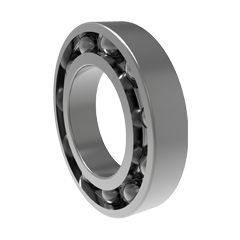
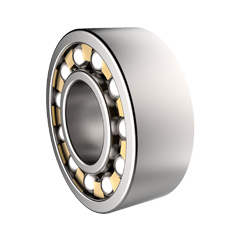
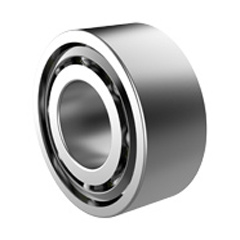
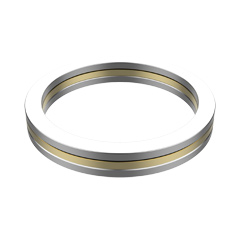
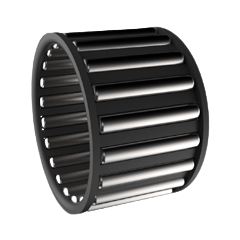
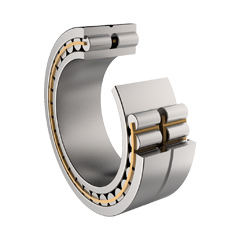
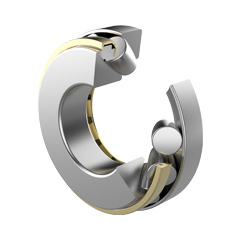
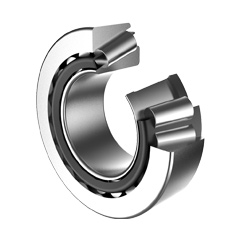
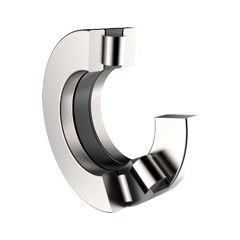
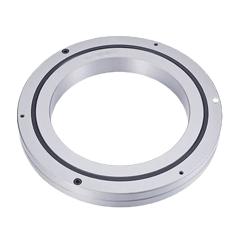
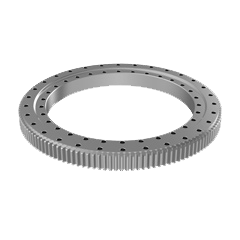

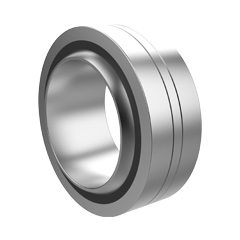

 English
English  français
français  Deutsch
Deutsch  italiano
italiano 

